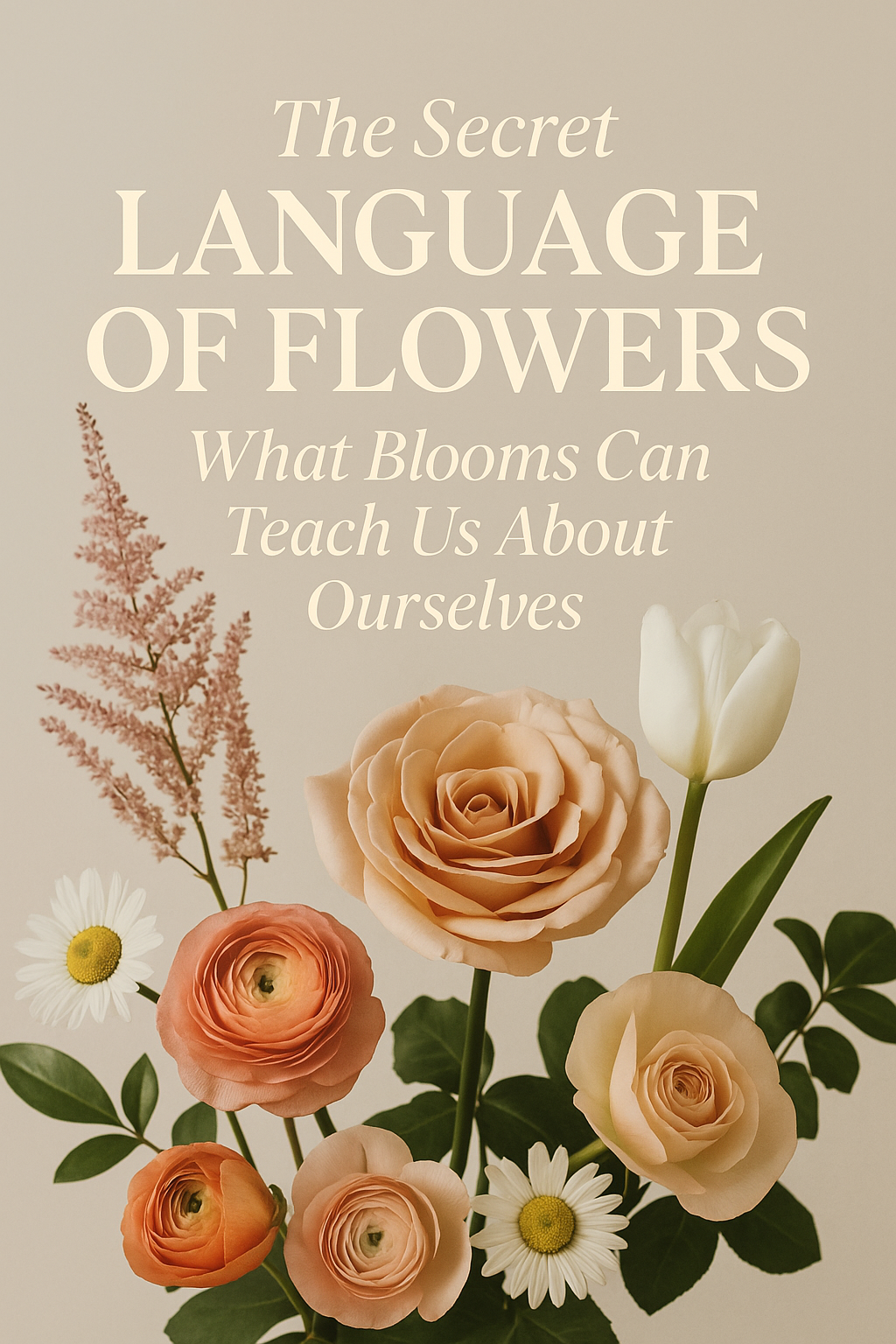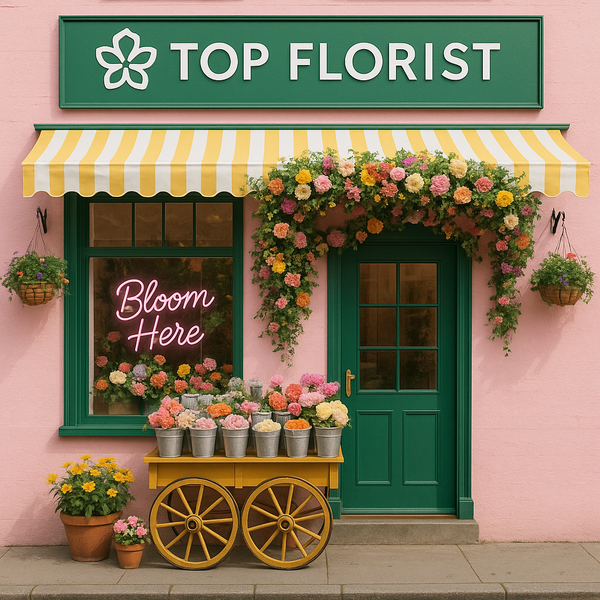
The Secret Language of Flowers: What Blooms Can Teach Us About Ourselves
Share
Flowers don’t just sit in vases—they speak. They whisper secrets from centuries past, carry symbols across cultures, and often reveal more about us than we realize.
The Silent Language of Blooms
In Victorian England, where emotions were often concealed, flowers became a coded language. A single rose could declare love, a daisy promised innocence, and a peony hinted at prosperity. Today, while we may not pass secret notes through bouquets, flowers still carry meaning. When someone instinctively reaches for tulips or orchids, they’re often revealing something about their inner world—what they value, what they long for, and how they want to be remembered.
Why We’re Drawn to Certain Flowers
Modern psychology suggests that color and form affect our emotions more than we realize. Bold red roses ignite passion, pastel peonies calm the spirit, and sunflowers bring optimism with their golden faces. In a way, choosing flowers is like choosing a mirror—it reflects back who we are, or who we want to become.
Flowers as Everyday Teachers
Beyond symbolism, flowers teach us patience and presence. A blooming orchid reminds us that beauty takes time. A short-lived tulip reminds us to savor fleeting moments. Even a wildflower by the roadside teaches resilience—growing strong where no one expects.
Learning Through Petals
If you’re looking for a cool topic to explore deeper, try floriography—the study of flower meanings. Dive into cultural traditions, compare how roses are viewed in Japan vs. France, or trace how flowers shaped entire economies, like the Dutch Tulip Mania of the 1600s. It’s history, psychology, and beauty, all wrapped up in a petal.
So next time you pick up a bouquet, think of it not just as decoration—but as a lesson. Flowers are books that never need words, and each one holds a story waiting to be read.
Discover your story in blooms at Top Florist Woodlands. Same-day delivery available in The Woodlands, Kingwood, Spring, and nearby Houston areas.
